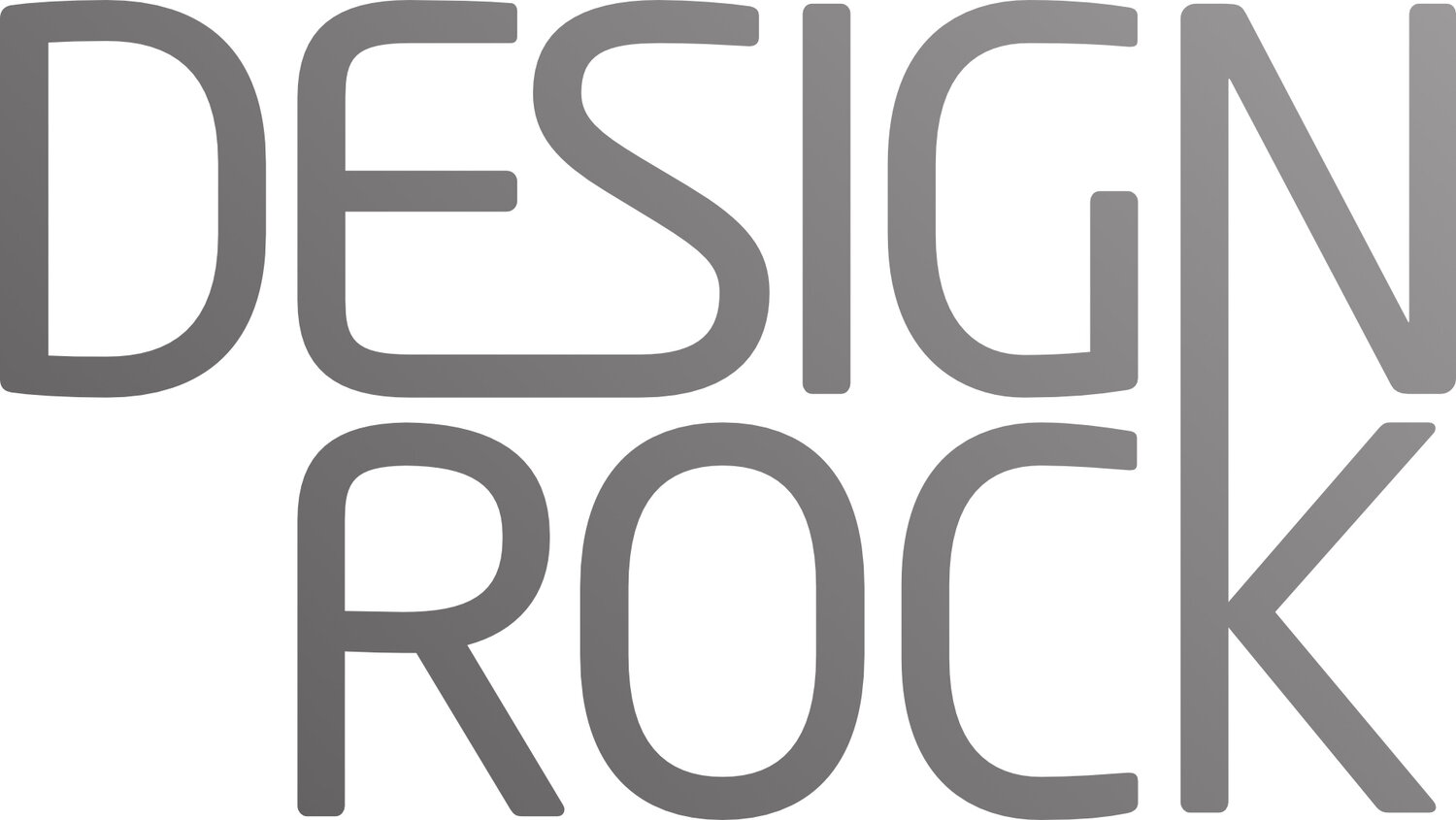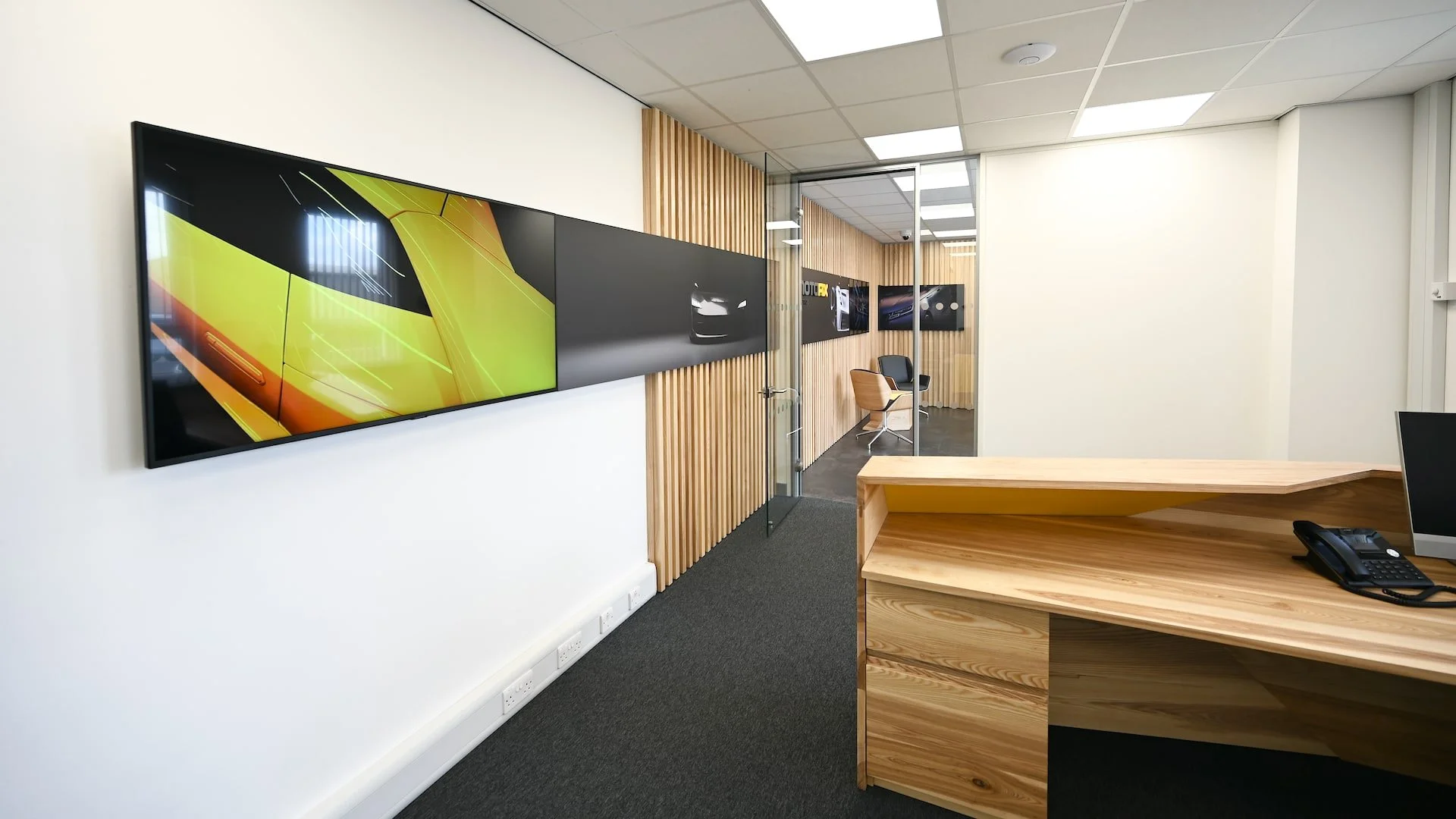Revolutionising workplace dynamics: redefining office spaces in the post-pandemic era
Shifting paradigms: the evolution of workplace dynamics
Pre-pandemic, the office served as the epicentre for productivity, fostering innovation and collaboration among employees. However, the abrupt shift to remote work during the pandemic redefined the traditional norms. Companies witnessed unexpected benefits such as technological advancements, increased productivity, and the ability to attract global talent while reducing costs. Employees, too, experienced a transformed work-life balance, devoid of daily commuting.
Embracing change: The new wave of workspace design trends
The aftermath of the pandemic has spurred a revolution in office design. Architects and Interior Designers have harnessed this change to craft a new breed of hybrid office environments. These spaces not only align with organisational objectives but also cater to individual needs for enhanced focus, creativity and innovation.
Adaptive spaces: redefining work areas
The evolution of workspace design entails a departure from traditional open-plan offices to embrace a diverse array of multi-use spaces. Interior designers are now creating rooms of various sizes, including multi-purpose communal areas. Employees have the flexibility to choose their work settings, alternating between the office for collaborative tasks and their homes for focused work.
Wellness-centric design: nurturing employee health
There's a pronounced focus on employee well-being through design, featuring elements like increased natural light, green spaces, and biophilic design. Big players like Google have pioneered communal leisure spaces, integrating meditation rooms and fitness centres. This emphasis on wellness directly impacts productivity, creativity and motivation, benefiting both the organisation and its employees.
Comfort redefined: the ergonomics of productivity
Creating a comfortable and inviting environment is now a cornerstone of office design. Interior designers aim to craft spaces free from harsh artificial lighting, ensuring optimal temperature and offering ergonomic furniture. Such measures promote a more relaxed yet productive work atmosphere.
Tech-forward spaces: embracing innovation
With the rapid evolution of technology, design professionals are integrating more digital-friendly features into office spaces. This adaptation enhances accessibility and user-friendliness, acting as a catalyst for employees to return to the office.
The future of workspaces: adapting to the new normal
The COVID-19 pandemic has permanently altered office dynamics and design principles globally. By embracing these new design trends, businesses can create spaces that inspire employees to return to the office, thereby thriving amidst uncertain economic landscapes.


